Indian Army officers enjoy one of the country’s best retirement benefit programs in the public sector. Their pension benefits depend on rank, service years, and retirement type.
Every serving officer and aspirant should know these entitlements. The rank-based pension structure will give military personnel financial security after dedicating their lives to serve the nation.
Officers can choose from several pension options. These include service pension, disability pension, and benefits under the One Rank One Pension (OROP) scheme. This piece gets into pension calculations, qualification requirements, and the extra benefits available to ex-servicemen.
You’ll learn about the latest changes in armed forces pension policies, provisions for family pensions, and retirement perks that support officers through their golden years.
Here’s the rank-wise table showing the likely estimated increase in service pension under OROP w.e.f. July 01, 2019:
| Rank | Pension as on 01.01.2016 (in Rs) | Revised Pension w.e.f. 01.07.2019 (in Rs) | Likely Arrears from 01.07.2019 to 30.06.2022 (in Rs) |
|---|---|---|---|
| Sepoy | 17,699 | 19,726 | 87,000 |
| Naik | 18,427 | 21,101 | 1,14,000 |
| Havildar | 20,066 | 21,782 | 70,000 |
| Nb Subedar | 24,232 | 26,800 | 1,08,000 |
| Sub Major | 33,526 | 37,600 | 1,75,000 |
| Major | 61,205 | 68,550 | 3,05,000 |
| Lt. Colonel | 84,330 | 95,400 | 4,55,000 |
| Colonel | 92,855 | 1,03,700 | 4,42,000 |
| Brigadier | 96,555 | 1,08,800 | 5,05,000 |
| Maj. Gen. | 99,621 | 1,09,100 | 3,90,000 |
| Lt. Gen. | 1,01,515 | 1,12,050 | 4,32,000 |
Types of Pensions for Army Officers
Indian Armed Forces officers can choose from multiple pension schemes that ensure their financial security after retirement. These schemes are a great way to get protection based on the officer’s service conditions and retirement circumstances.
Service Pension
The armed forces pension system rests on service pension as its foundation. Officers need to serve for at least 20 years to become eligible. Personnel Below Officer Rank (PBOR) qualify after 15 years of service. The system calculates pension benefits at 50% of either the last drawn emoluments or the average earnings from the previous 10 months. Pensioners receive whichever amount proves more beneficial. The pension scheme guarantees a minimum monthly payment of ₹9,000.
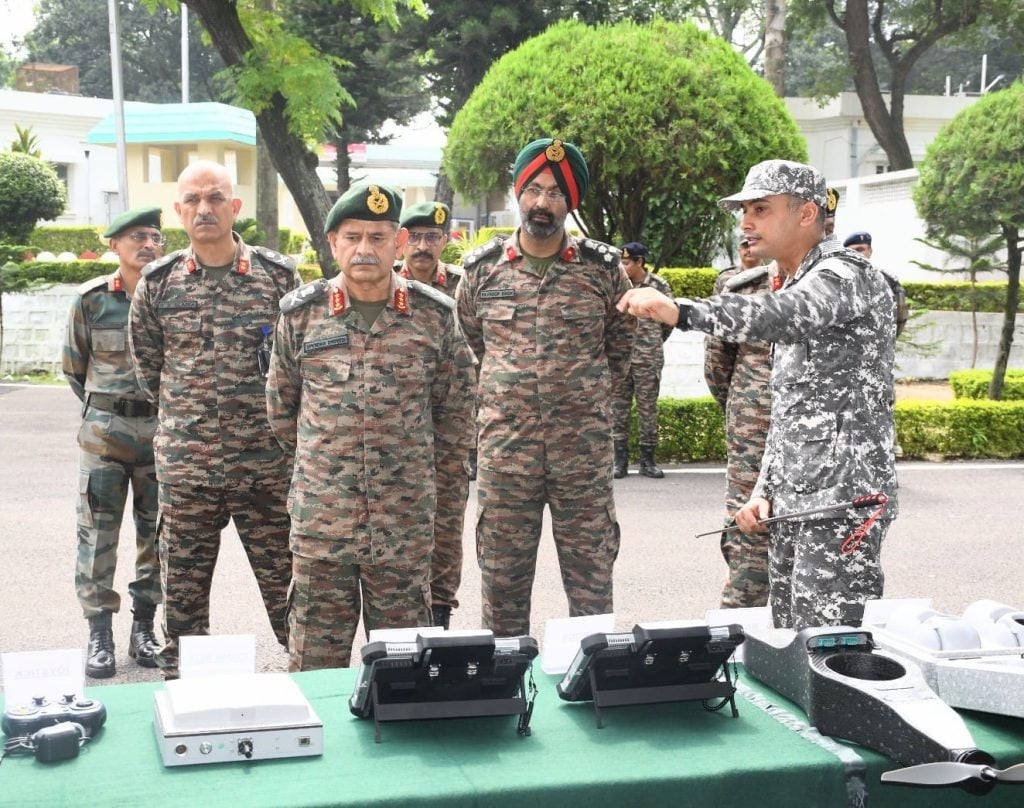
Disability Pension
Military officers who leave service due to service-related disabilities receive significant support through disability pension. This pension has two main parts:
- Service Element: Equal to 50% of last drawn emoluments
- Disability Element: Up to 30% of last drawn emoluments for 100% disability. The percentage reduces proportionally for lower disability levels
Officers with disability below 20% cannot claim the disability element. The Kerala High Court’s ruling confirms that disability pension is not a privilege but eligible military personnel’s right.
War Injury Pension
War injury pension provides better benefits than regular disability pension. The pension calculation varies for cases with 100% disability:
- Invalid cases get pension matching their last drawn emoluments
- Discharge cases receive 60% of their last drawn emoluments Disability percentage directly affects the final pension amount.
Invalid Pension
Invalid pension is now more available through recent policy updates. Officers who left service due to Neither Attributable to Nor Aggravated (NANA) disabilities qualify for pension whatever their service duration. This applies to officers who served on or after January 4, 2019. The pension aims to support officers who become permanently unable to work in military service and civil jobs.
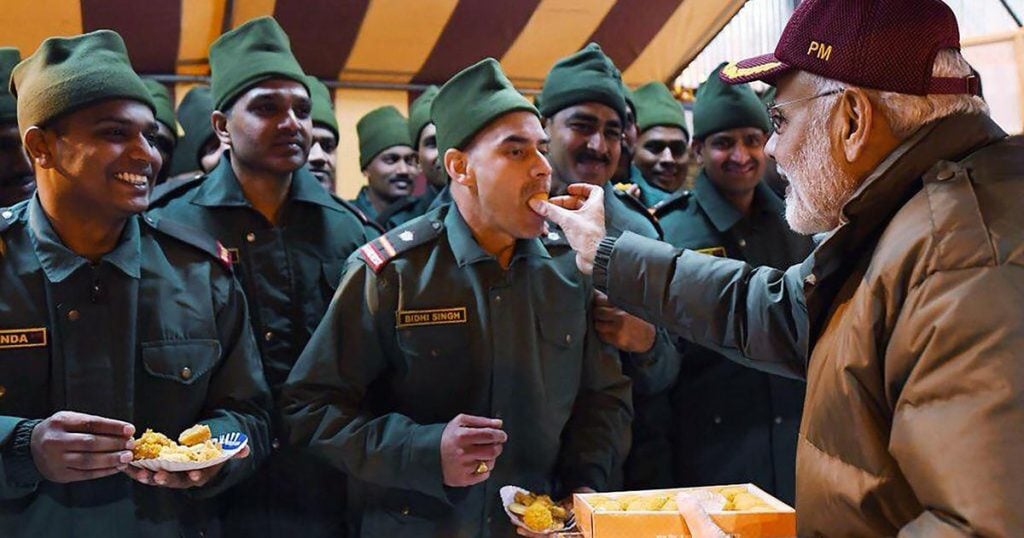
Calculation of Army Officer Pensions
Military pension calculations depend on several key factors that affect the final amount. The Indian government’s 50-year old system uses specific parameters and formulas to calculate army officer’s pensions.
What Determines Your Army Pension Amount
Your Indian army rank wise pension calculation depends on these important factors:
- Your last drawn emoluments
- How many years of qualifying service you completed
- The rank you held when retiring
- Whether you retired through superannuation or took premature retirement
- What the Pay Commission recommended
Percentage of last drawn salary
A standardized formula helps calculate the pension amount. The formula takes into account two different calculations. The pension equals 50% of either the last drawn emoluments or the average emoluments from the final 10 months, whichever is higher. Retired personnel’s financial security remains protected with a minimum guaranteed pension of ₹9,000 per month.
Minimum qualifying service
The pension system for armed forces has specific service requirements that members must meet:
- Commissioned Officers: 20 years minimum service
- Personnel Below Officer Rank: 15 years minimum service
- Invalid pension cases: No minimum service requirement (effective from January 2019)
How rank affects pension
Military rank plays a key role in pension calculations through the Pay Commission’s well-laid-out pay scales. Senior ranks receive larger pensions naturally because of:
- Higher pay scales at senior levels
- Special allowances linked to appointments
- Extra benefits that come with rank
- Benefits specific to each service
The Pay Commission updates these scales periodically, which affects pension amounts for ranks of all types. The One Rank One Pension scheme ensures officers get equal pension when they have the same rank and service length, whatever their retirement date. This creates fairness among veterans with similar service records.
Additional Benefits and Allowances
Retired army officers receive much more than a simple pension. A detailed package of benefits improves their life after retirement. These benefits provide significant support to their family members in aspects of all types in daily life.
Family Pension
The armed forces pension system will give a safety net to families of deceased personnel through a well-laid-out family pension scheme. The deceased personnel’s spouse receives 30% of the last drawn emoluments. The minimum guaranteed amount stands at ₹9,000 per month. Military personnel’s families become eligible for liberalized family pension when death occurs during military operations or counter-insurgency activities. This special pension equals 100% of the last drawn emoluments.
Medical Benefits
The Ex-Servicemen Contributory Health Scheme (ECHS) provides complete healthcare coverage to veterans and their dependents. This valuable scheme includes:
- Treatment services for both inpatients and outpatients at military hospitals and partner civilian facilities
- Expert specialist consultations and diagnostic services at your convenience
- Full support during medical emergencies
- Easy access to polyclinics and pharmacies across the country
Canteen Facilities
Veterans enjoy most important cost savings through the Canteen Stores Department’s (CSD) extensive retail network. They have access to seven essential product categories:
- Toiletries and personal care
- Household items
- General use products
- Watches and stationery
- Beverages and spirits
- Food and medicinal items
- Automobiles and white goods
Resettlement Opportunities
The Directorate General Resettlement (DGR) makes the transition to civilian life easier through several initiatives. Officers can join specialized resettlement courses with a 60% fee exemption. JCOs/ORs get even better benefits with complete fee exemption. Government sectors have set aside specific reservation quotas across different positions:
- 10% in Central Armed Police Forces
- 14.5% in Public Sector Enterprise Group ‘C’ posts
- 24.5% in Group ‘D’ positions
The Ministry of Petroleum & Natural Gas supports veterans with an 8% quota for LPG distributorship and fuel retail outlets. This helps them start their own businesses. On top of that, security agency schemes serve as excellent interim employment options during their transition period.
Recent Changes and OROP Implementation
The implementation of One Rank One Pension (OROP) stands as a key milestone in the rise of military pension reforms in India. The Ministry of Defense has made detailed changes and ensures fair pension distribution for retired service personnel of every rank.
One Rank One Pension (OROP) scheme
Armed forces personnel who retire at the same rank with equal service years receive uniform pension payments, whatever their retirement date. This pension scheme fixes the old differences in pension amounts between officers who retired at different times. The government’s 2022 Union Budget has set aside ₹1.19 lakh crores for pension payments, which shows its steadfast dedication to the veterans’ welfare.
Revision of pension under OROP
The Ministry of Defense has announced the most important revisions that will benefit pensioners starting July 1, 2024. These changes apply to:
- Commissioned officers, honorary commissioned officers, and JCOs/ORs
- Family pensioners of deceased service personnel
- Defense Security Corps and Territorial Army personnel
- Ex-State Forces veterans
Effect on different ranks
The new pension structure maintains a rank-based hierarchy that ensures fair compensation. To cite an instance, a Colonel’s monthly pension after 20 years of service amounts to ₹98,148, while a Major receives ₹49,150 for the same service duration. The system guards against inconsistencies by:
- Maintaining appropriate pension gaps between higher ranks
- Protecting lower qualifying service rates as needed
- Keeping existing higher pensions unchanged when they exceed the new rates
Future outlook for army pensions
The government keeps improving its military pension reform policies. Prime Minister Narendra Modi has reinforced the country’s steadfast dedication to boost armed forces welfare through several initiatives. Pension benefits get revised every five years that helps them stay in line with current economic conditions.
A judicial commission set up by the Defence Ministry tackles implementation challenges and irregularities. This shows how actively the government works to solve pension-related problems and protect the dignity of military service. The current system offers detailed coverage and Indian army rank wise pension will give a competitive and eco-friendly framework to benefit future generations of service personnel.
India’s Army pension system is evidence of the nation’s commitment to its military personnel. The system provides multiple pension categories and complete benefits that cover retirement scenarios of all types. Service pensions are the foundation of this system. Disability and war injury pensions give significant support to personnel injured while serving their country. These core benefits work alongside medical coverage, canteen facilities, and resettlement opportunities to create a strong support system that honors army officers’ sacrifices throughout their careers.
The One Rank One Pension scheme has improved the pension framework and removed historical disparities among veterans with similar rank and service duration. The government shows its dedication through regular pension revisions and special implementation committees. This evolving system helps retired army officers get fair compensation and maintain their dignity and financial security in retirement.

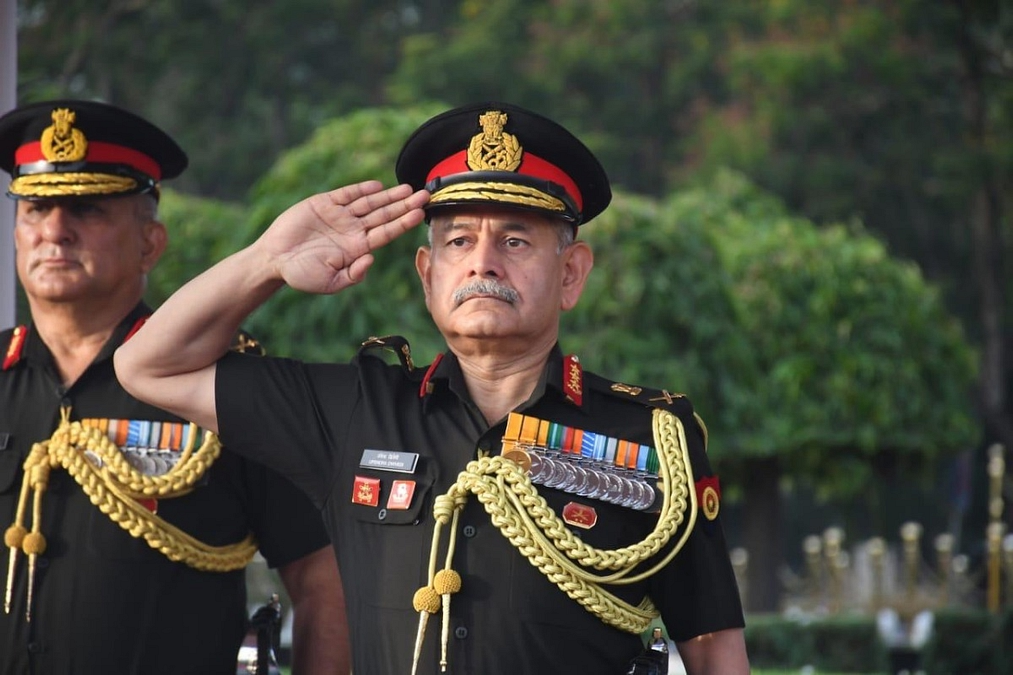

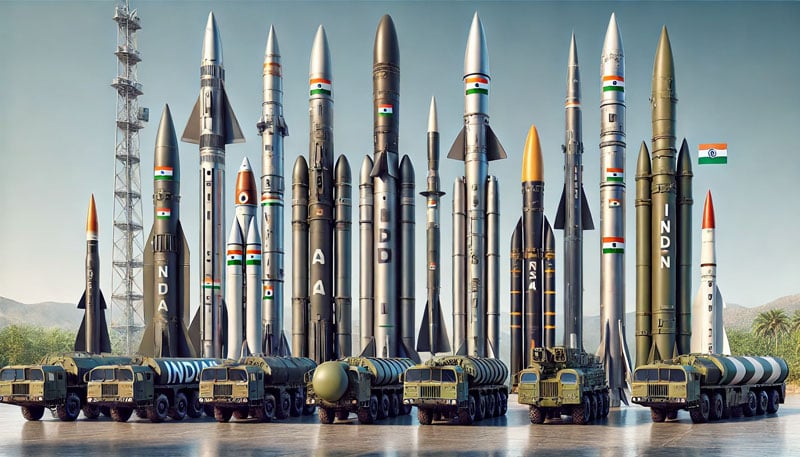

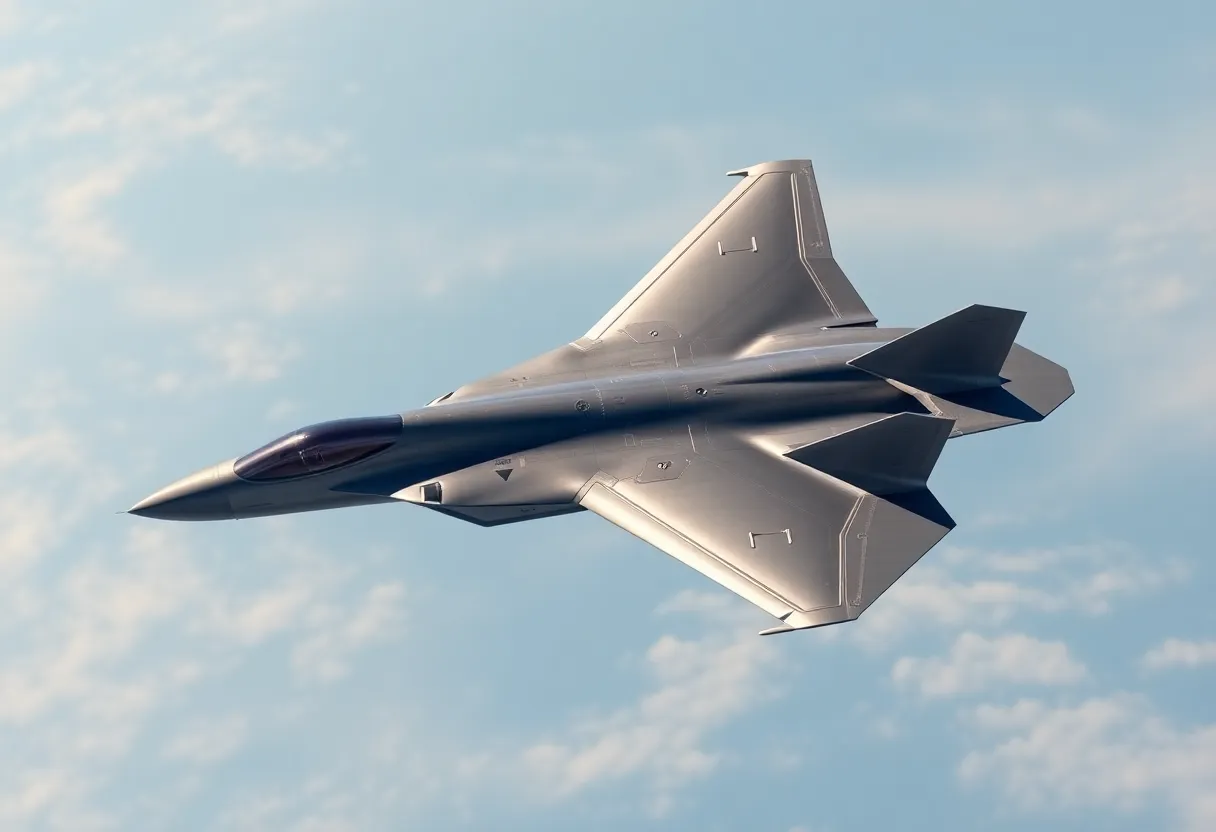

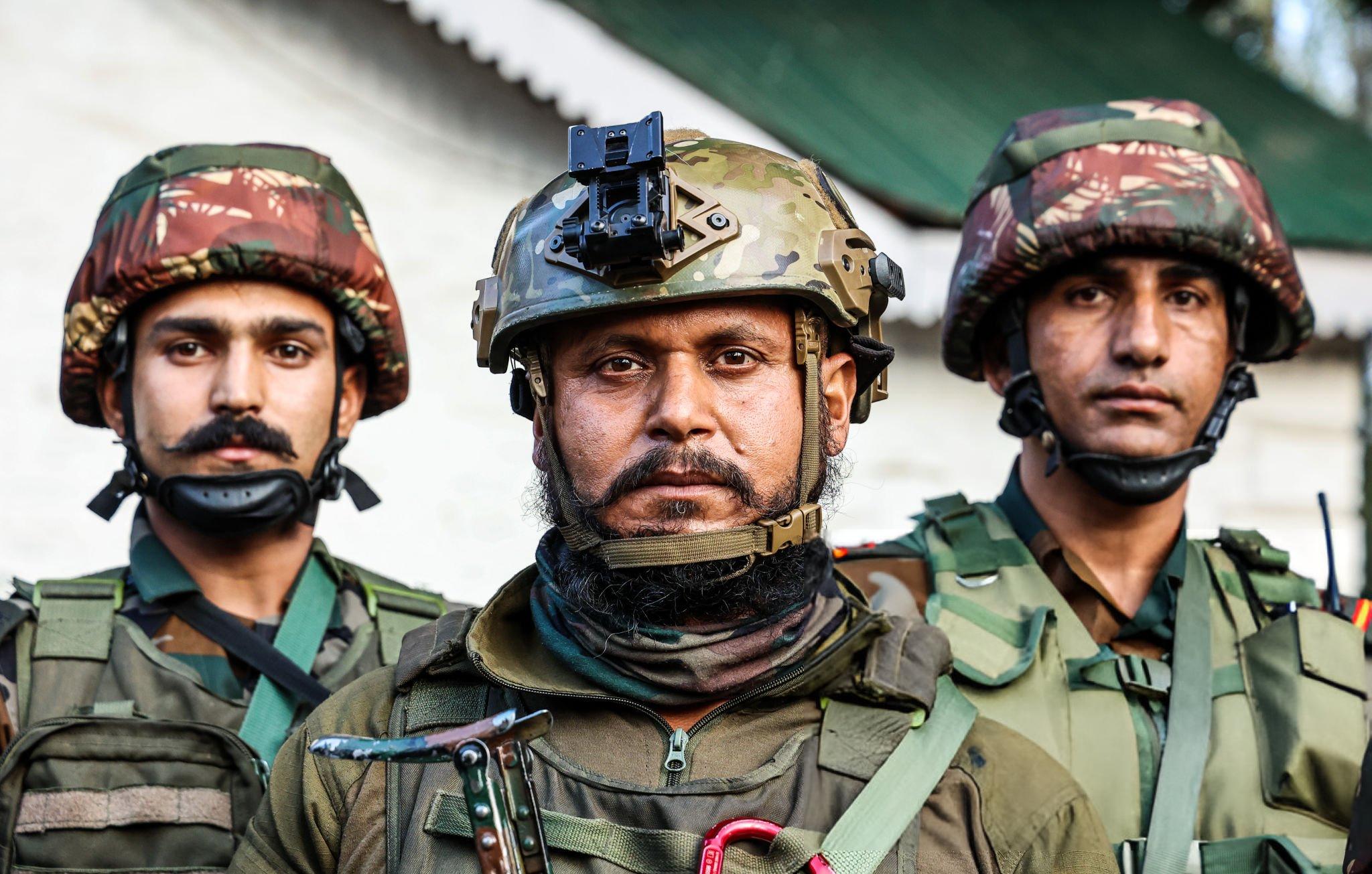
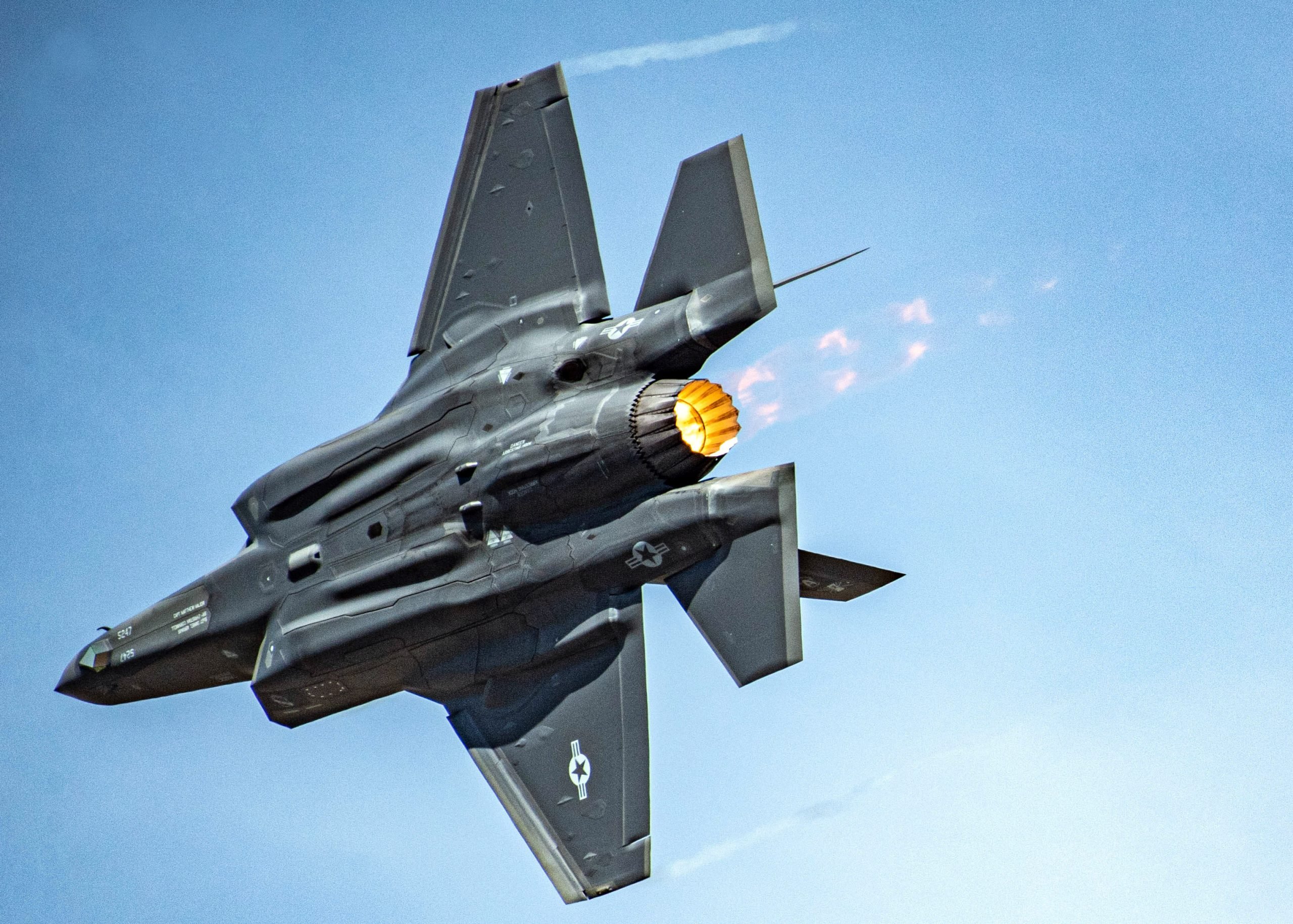

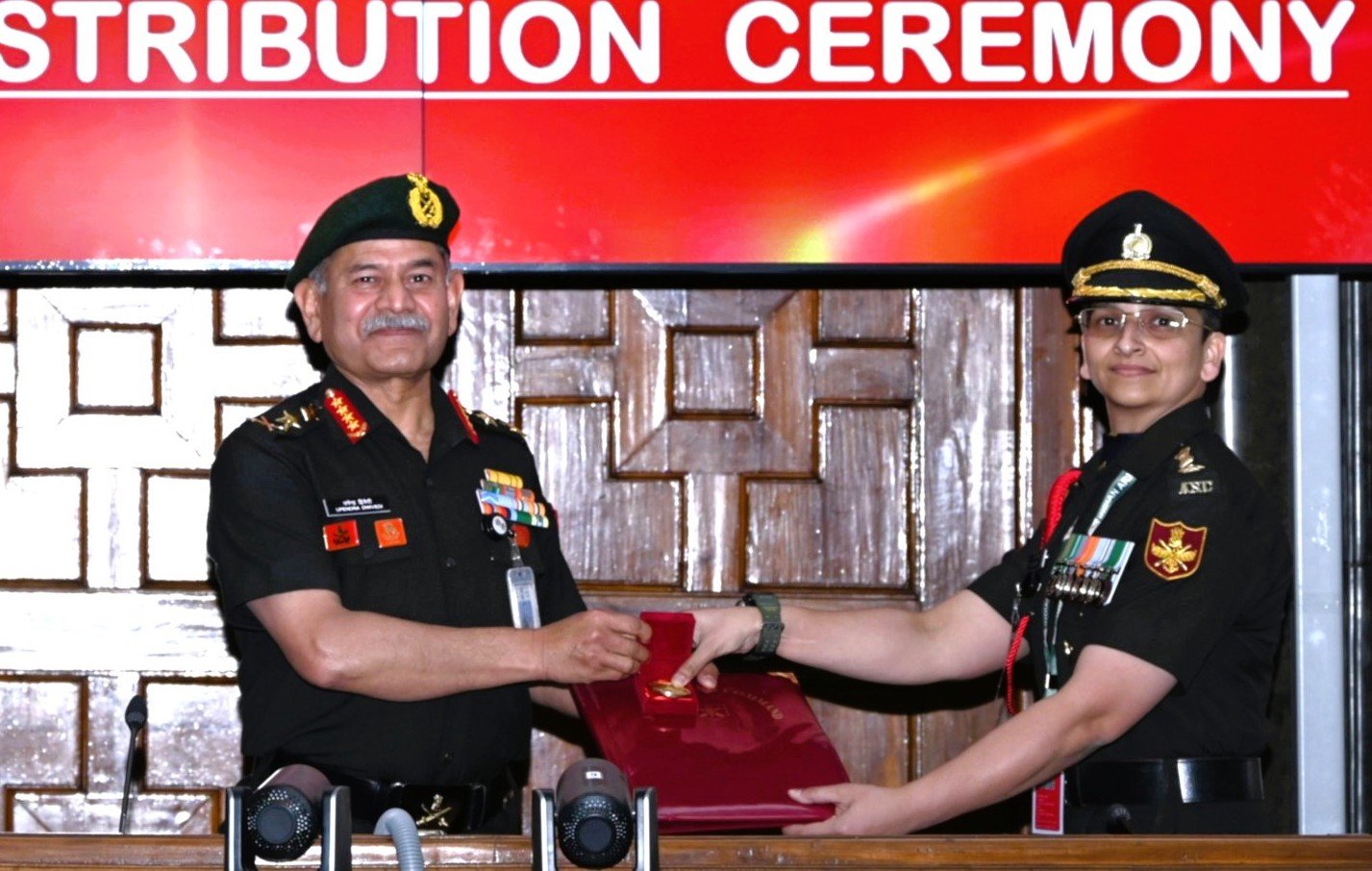
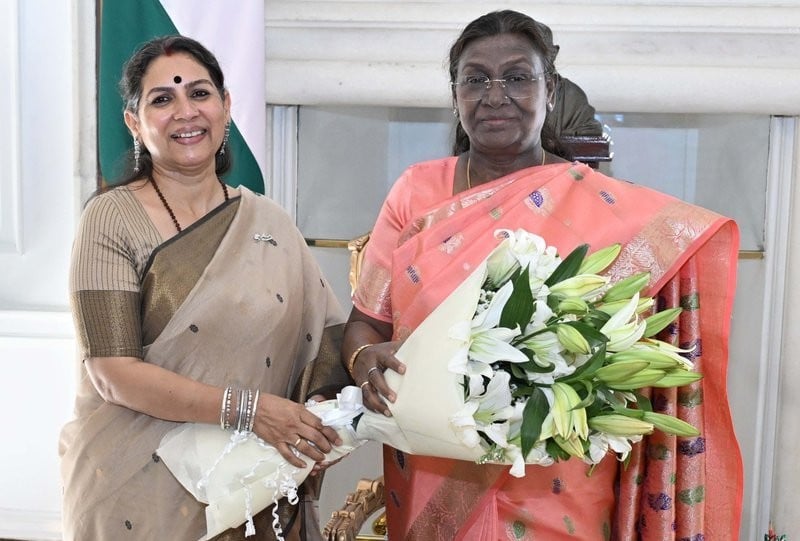
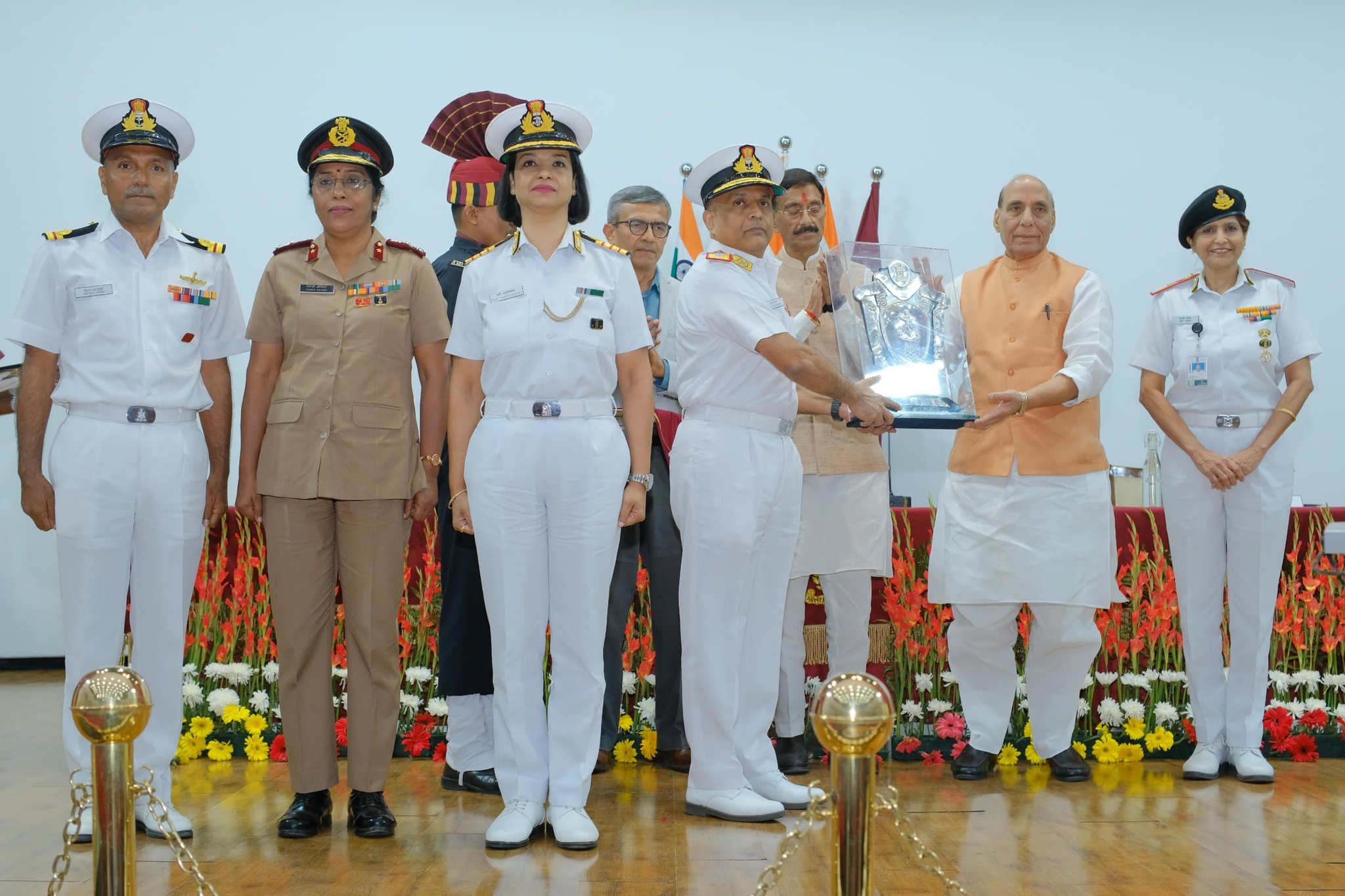
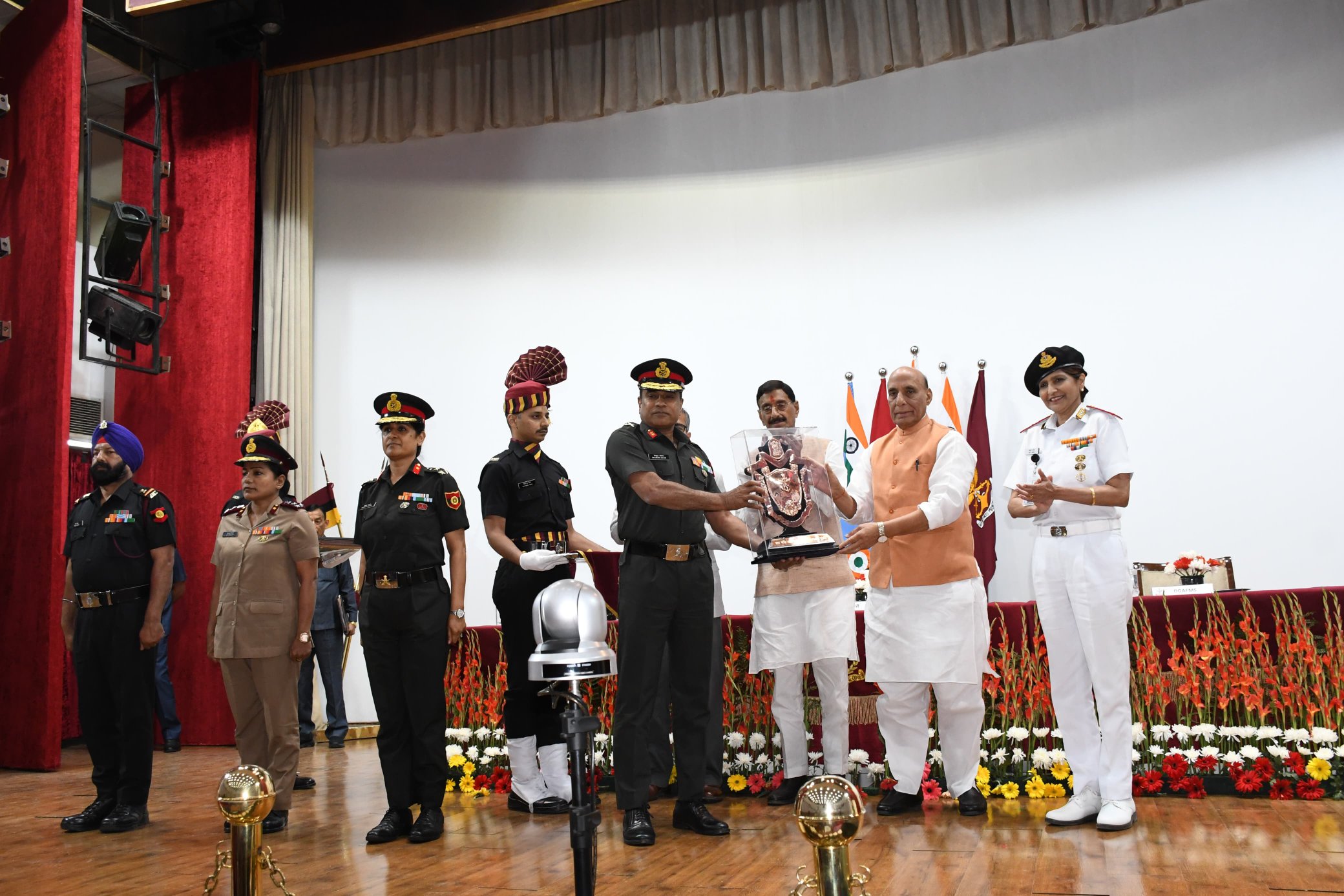
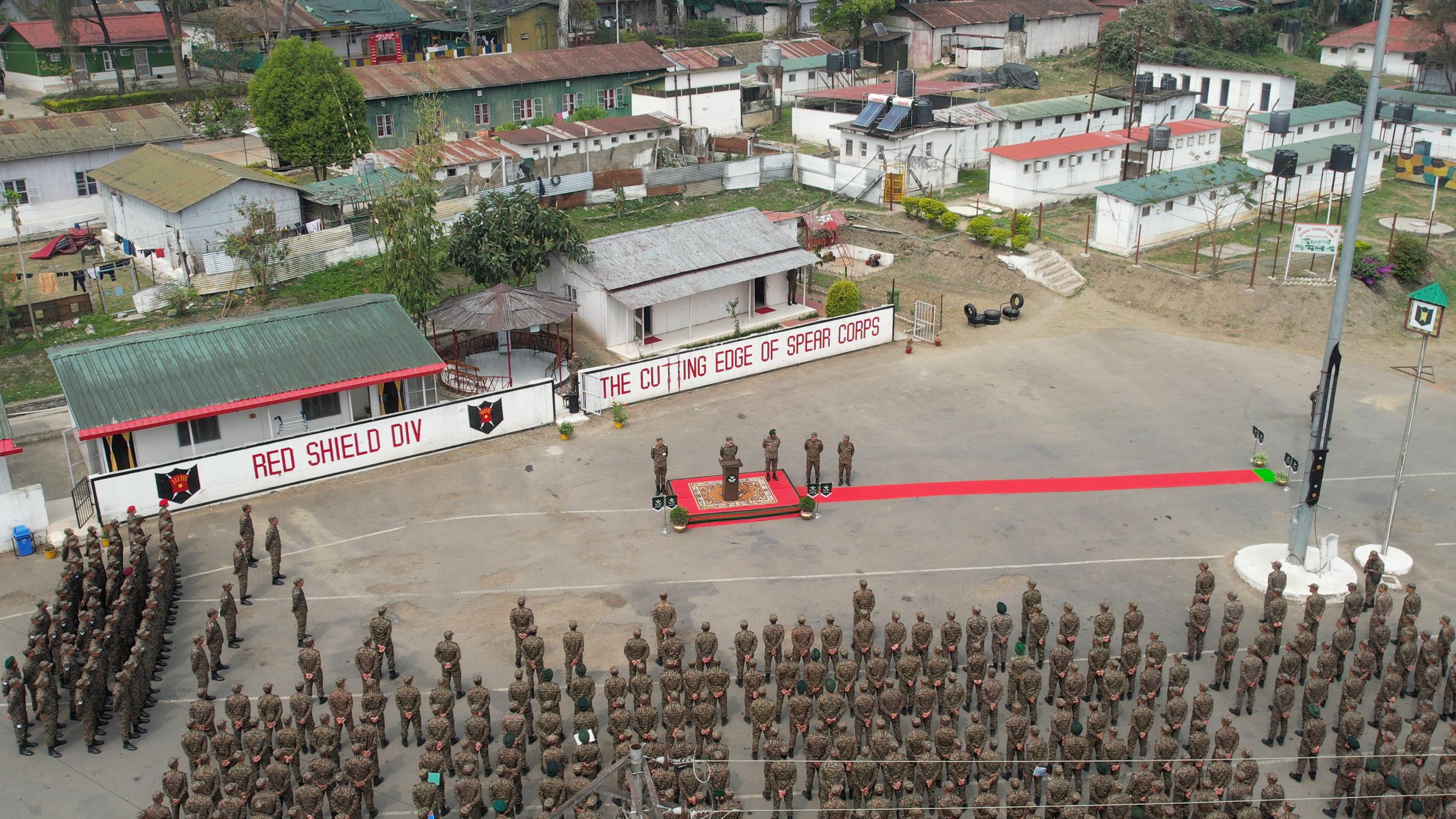
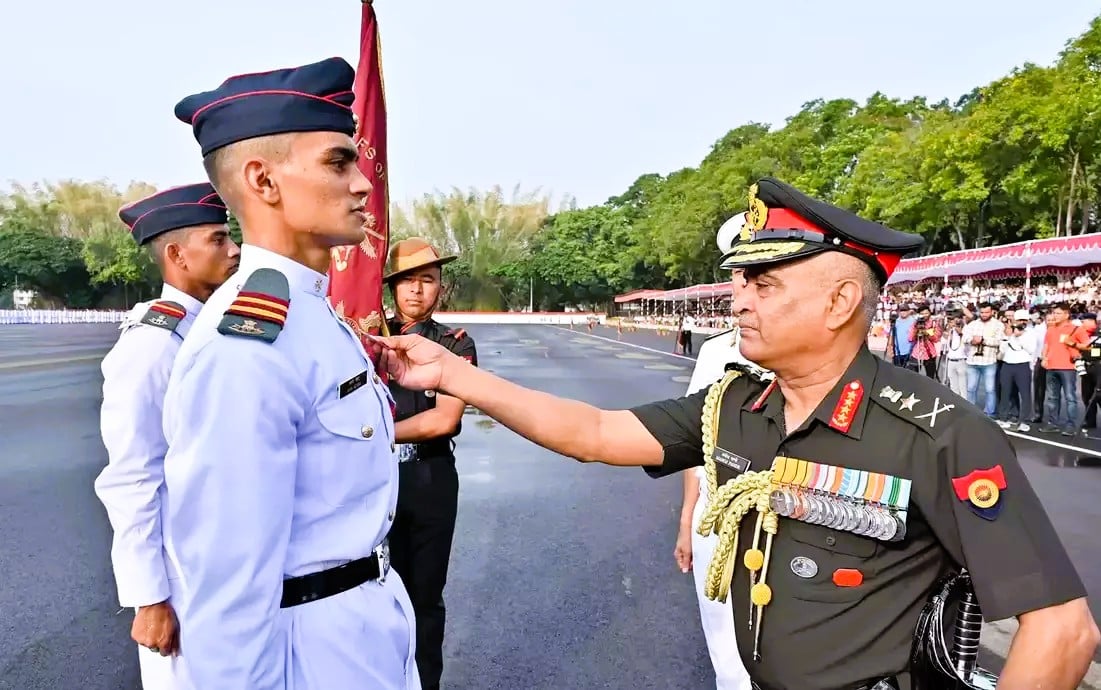
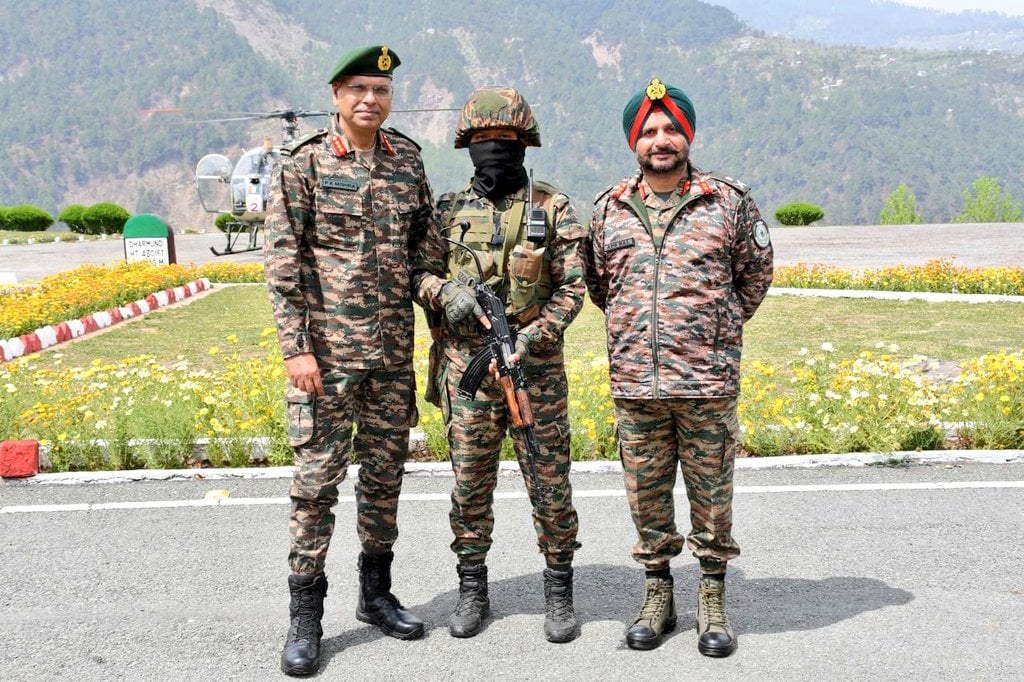
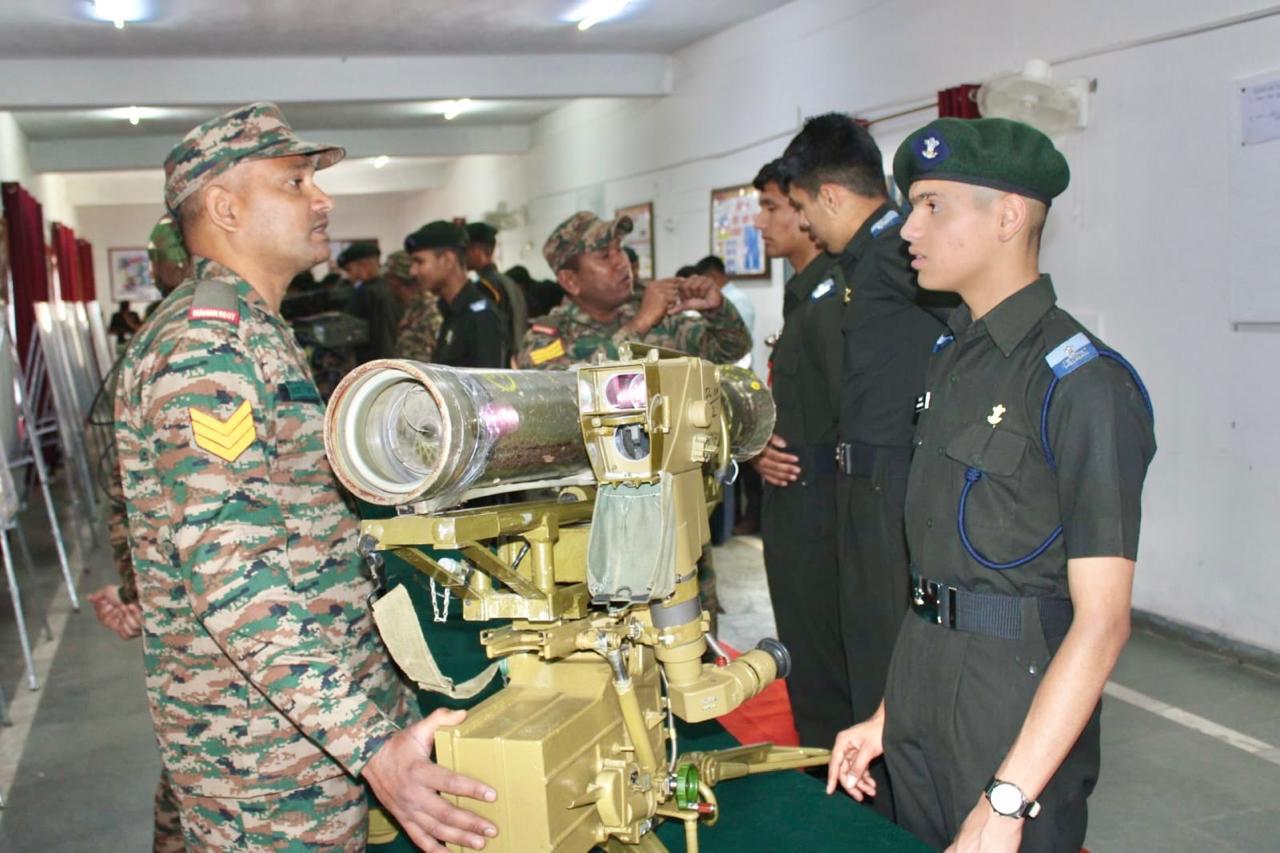

After serving for 15 years in I.A.F. I was denied my pension for being an underage to be a govt pensioner as told by record office.
all backwaas given here . reality on ground is different and not as good as painted in this article to make political bosses happy .
There is no mention of Captain rank in revised pension chart
There is no mention of Captain rank in chart for revised pension . Please clarify
yes, they deserve it. also they get many household items at high discounted prices from thei Army Departmental stores.
Just ask MOD & Senior officer of Army
why pension is not given to Short Service Officers SSC ????
are they not officers of Army ?
Bullets of enemy do not discriminate between Short Service Officers & PC Officers
not everything right on social media
word PBOR has been abolished.